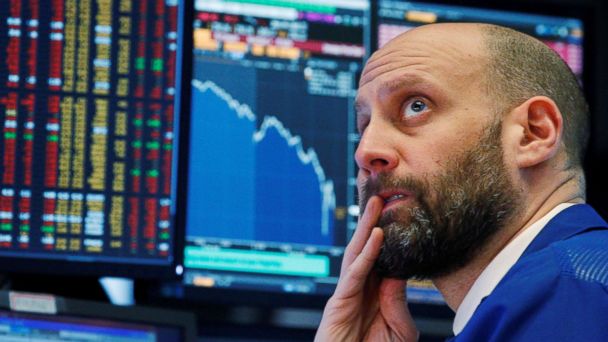Bank shares surged today, leading stocks slightly higher through noon as investors weighed the ongoing banking crisis. The Dow and S&P both climbed while the Nasdaq Composite slipped.
Regional banking shares jumped in response to a deal in which First Citizens BancShares (NASDAQ: FCNCA) agreed to purchase a large portion of Silicon Valley Bank. In total, FCNCA is purchasing roughly $72 billion worth of SVB assets for only $16.5 billion.
FCNCA shares exploded 50% higher today as a result.
But is the banking crisis finally over? Goldman Sachs strategist Jan Hatzius believes that the market may be clear of anything that requires Treasury intervention.
“We continue to think that the Treasury has the capacity to provide a backstop for uninsured deposits if it becomes necessary,” Hatzius wrote this morning.
“While we would not entirely rule out Treasury action if acute banking stress returns, the odds of a unilateral move from the Treasury appear very low.”
Deutsche Bank’s Jim Reid believes the market is still in “wait and see” mode even after the SVB acquisition.
“Looking forward, the banking sector will clearly set the scene this week as we approach the month-end on Thursday. The data will be a bit secondary as it’ll be too early to judge any impact from the mini crisis so far,” Reid explained to clients in a morning note.
But even if the worst of the banking crisis has ended, investors still don’t have all that much to look forward to. Shrinking credit (stemming from the banking meltdowns) just advanced the recession timetable immensely, and another important jobs report reading will arrive on April 7th. Most Wall Street banks predict a very weak reading that reflects the recent slew of firings.
And though the market is probably still in “bad news is good news” territory, a very weak number (like -200,000 payrolls) could shift the conversation back to “bad news is actually bad news.”
Why? Because if the Fed doesn’t have to worry about breaking banks, Powell & Co. could theoretically go back to fighting inflation sooner than expected. A bad jobs number would suggest that they’re about to hike rates again in the midst of a recession – something that bulls would obviously hate.
Ironically, continued banking dysfunction might be helpful in this way. But based on this morning’s Dallas Fed Manufacturing Survey, stagflation will soon arrive regardless of what the Fed does in the short term.
The new orders index fell for the 10th month in a row (-14.3) as order growth rate remained negative (-15.2), unchanged from February. Broader business conditions deteriorated, too. Prices for raw materials (-0.2) and finished goods fell (-5.9), which was nice to see, but survey respondents provided dismal commentary as usual:
“Our outlook is horrible. The level of certainty is zero. Production is hand-to-mouth. We cannot find workers,” said one respondent. Another cited Silicon Valley Bank, adding that its collapse “could be the beginning of more challenges ahead.”
Recent credit card data from Citigroup (NYSE: C) also showed a near 10% contraction in spending the week immediately following the SVB meltdown. Is this a “blip on the radar,” or a sign of things to come? We’ll find out soon enough when Bank of America publishes its own credit card data at an undisclosed date in the near future. For the time being, though, everything’s pointing to stagflation, which is the exact opposite of what Powell wants to see heading into another tough rate hike decision.








